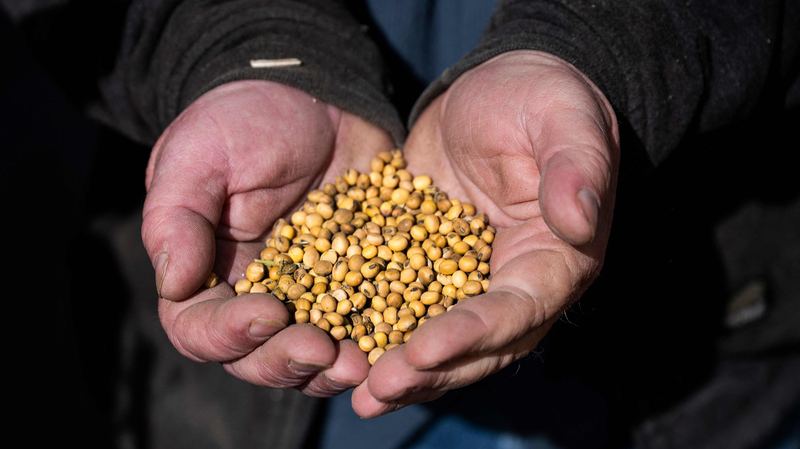In a new twist to the US–China trade saga, the Trump administration has proposed hefty port fees on vessels tied to the Chinese mainland. Under the plan, Chinese-operated ships could be charged up to $1 million per transit, while Chinese-built vessels might face fees as high as $1.5 million each time they dock at a US port.
At first glance, the move aims to curb China’s dominance in global maritime logistics. But the ripple effects could land squarely on US farmers and ranchers, who depend on cost-effective ocean shipping to send crops, meat, and dairy to markets around the world.
Picture a Midwestern wheat grower loading containers for export: what once was an affordable line item in the budget could suddenly balloon by tens of thousands of dollars—or more—once new port fees kick in. Smaller producers and co-ops, with thinner margins, may find themselves squeezed the hardest.
Industry analysts warn the added costs could make US agricultural exports less competitive, especially in price-sensitive markets in Southeast Asia and Latin America. As shipping bills climb, some growers might shift to domestic sales or look for alternative, less efficient routes—driving up lead times and logistical headaches.
What comes next? Farmers are already exploring creative workarounds: chartering non-affected vessels, pooling shipments through co-operatives, or turning to inland transport networks. Yet these fixes may only soften the blow, not eliminate it.
In the end, the question remains: will this tariff boomerang truly strengthen US logistics, or will the farm belt end up footing the bill for a policy designed to pressure the Chinese mainland? As fees take effect, all eyes will be on America’s heartland to see who bears the cost of this latest trade escalation.
Reference(s):
cgtn.com




